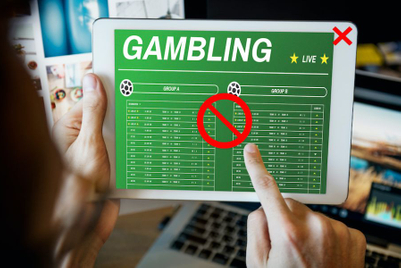
Cohn & Wolfe's 2014 Authentic Brands report includes an 'Anger Meter' revealing the issues that made individuals the angriest. The global report is based on quantitative and qualitative research with 12,000 respondents, 4,000 of whom were in Asian markets (China, Hong Kong, India and Indonesia).
Food safety
The number of people citing extreme anger about companies producing food in an unsanitary way, using low-quality ingredients (while marketing a high-quality product) and concealing certain ingredients used in products, is consistently high across Asia.
China obviously scores highly in this area, with the country having experienced a number of food issues in recent times. Earlier this year, an investigation by state media showed workers at Shanghai Husi Food, a supplier to fast-food chains including McDonald’s and KFC, preparing expired beef and chicken and packaging meat that had been picked up off the floor. The broadcast caused widespread anger and resulted in the chains issuing apologies and ordering their outlets to stop serving meat products from the supplier.
This year, 81 per cent of Chinese consumers said they would be extremely angry if a company was found to be producing food in an unsanitary way, a rise from 71 per cent last year.
While those in Hong Kong score lower on the Anger Meter than many other regions, poor quality is their biggest bugbear. Eighty per cent of Hong Kongers would be extremely angry if a company used low-quality ingredients in food when promoting a high-quality product.
Ioannis Ioannou, assistant professor of strategy and entrepreneurship at the London Business School, said this in turn is creating a culture of suspicion. "These feelings of extreme anger can also be explained by the proximity effect—people tend to feel strongest about the issues that touch them directly, and food is a clear-cut example of this,” Ioannou said.
It may be time for a more honest dialogue between food brands and consumers about the realities and costs of food production, according to the report.
On the same proximity scale as food, the vast majority of respondents said they would be extremely angry if a company they dealt with or bought from produced unsafe or unreliable products. More interestingly, using misleading language about a product’s benefits is enough to incite anger.
Staff welfare
Survey respondents felt strongly about companies fostering unsafe work environments for employees and treating workers unfairly. Specifically, this is attributed to the shockwaves felt around the world following the Bangladesh factory disaster last year, when the collapse of the Rana Plaza factory building killed more than 1,100 people. Following the incident, the US removed a number of trade privileges from Bangladesh.
Pricing and finances
Companies including hidden charges in products and passing on costs to consumers to maintain profits, or corporations avoiding paying taxes, beware. Especially in China, brands looking to make their mark must have a social conscience: Eighty per cent of Chinese consumers believe it is important that a brand stand for more than just making money.
Environmental impact
Consumers in India are exacting when it comes to inauthentic behaviours in businesses, especially when it concerns the environment. The vast majority (88 per cent) think it is important for businesses to communicate honestly about their environmental impact, and two thirds (67 per cent) would be extremely angry if a company was found to be harming the environment.
Cohn & Wolfe noted that this emphasis on the environment could be a lingering effect of Union Carbide’s Bhopal gas tragedy of 1984, where a gas leak at the firm’s pesticide plant in Bhopal, Madhya Pradesh exposed more than 500,000 people to toxic chemicals. Some estimates say as many as 8,000 people in the vicinity died in the subsequent two weeks, with thousands more deaths and injuries recorded since then from reportedly gas-related diseases.



.jpg&h=334&w=500&q=100&v=20250320&c=1)
.jpg&h=334&w=500&q=100&v=20250320&c=1)
.jpg&h=334&w=500&q=100&v=20250320&c=1)



.png&h=334&w=500&q=100&v=20250320&c=1)

.png&h=334&w=500&q=100&v=20250320&c=1)

.jpg&h=268&w=401&q=100&v=20250320&c=1)
.jpg&h=268&w=401&q=100&v=20250320&c=1)





